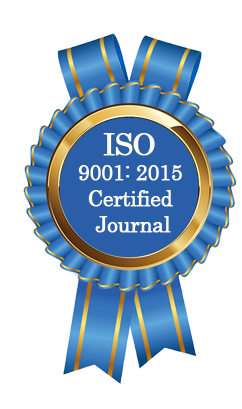| All | Since 2020 | |
| Citation | 105 | 60 |
| h-index | 4 | 4 |
| i10-index | 3 | 2 |
WJAHR Citation 
Login
News & Updation
Best Article Awards
World Journal of Advance Healthcare Research (WJAHR) is giving Best Article Award in every Issue for Best Article and Issue Certificate of Appreciation to the Authors to promote research activity of scholar.
Best Article of current issue
Download Article : Click here
Indexing
Abstract
CLINICAL PROFILE OF DENGUE FEVER IN A PEDIATRIC POPULATION IN A TERTIARY CARE CENTRE
*Bharti Bhandari, Nitesh and Ragini Singh
ABSTRACT
Background: Dengue viral infection is a global health threat and it is the most rapidly spreading mosquito-borne viral disease in the world. Symptomatic dengue infection causes a wide range of clinical manifestations, from mild dengue fever (DF) to potentially fatal disease, such as dengue hemorrhagic fever (DHF) or dengue shock syndrome (DSS). Objective: To assess the clinical and laboratory profile of the dengue infection in children less than 18 years of age from july 2018 to November 2019 at the Pediatric Department. Results: A total of 119 cases were classified into 114 (95.7%) non severe and 5 (4%) severe dengue cases. The mean age of admission was 11.5 years. The most common presenting symptom was fever seen in 100%, rash 100%, vomiting 61%, pain abdomen 37% and hepatomegaly (25%), the most common physical finding. Elevation in aspartate transaminase (SGOT) was found in 66.42% and thrombocytopenia in 28%. Conclusion: In children, if symptoms like fever, pain, rashes, and vomiting are associated with hepatomegaly and elevated SGOT in context of low Platelet Count, a strong possibility of dengue fever is present, especially in an epidemic setting. Early suspicion and effective management can reduce the severity.
[Full Text Article] [Download Certificate]
